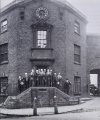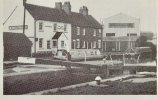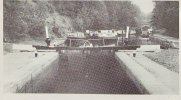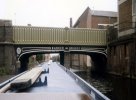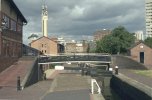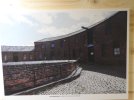-
Welcome to this forum . We are a worldwide group with a common interest in Birmingham and its history. While here, please follow a few simple rules. We ask that you respect other members, thank those who have helped you and please keep your contributions on-topic with the thread.
We do hope you enjoy your visit. BHF Admin Team
You are using an out of date browser. It may not display this or other websites correctly.
You should upgrade or use an alternative browser.
You should upgrade or use an alternative browser.
Covroad
master brummie
I remember the Cape well, in my younger days I worked on a mp pipeline that supplied gas to the then new Woodloes Park housing estate and local industry . We came to work one Tuesday after a spring bank holiday and all our signs and barriers had been thrown in the canal!!, we spent the morning fishing all the gear out. We were amazed by the amount of traffic the canal had in the 70’s it was not all leisure, but commercial loads Even in the 70’s it shows the importance of the canal system in Birmingham.
Richard Dye
master brummie
Is the public house still there? I hope!The Warwick canals by Faulkner, Alan H. (1985)
“Cape Top Lock in Warwick on 9 April 1980 with the Cape of Good Hope public house behind. This has always been a popular stopping place for boats.”
View attachment 176234
rosie
brummie
It seems that the Cape of Good hope is now Mcdonald's!
The Cape of Good Hope. Dudley Rd. | Birmingham History Forum
rosie.
The Cape of Good Hope. Dudley Rd. | Birmingham History Forum
rosie.
Lloyd
master brummie
That's a different one. The Warwick one is very much still going https://www.thecapeofgoodhopepub.com/It seems that the Cape of Good hope is now Mcdonald's!
The Cape of Good Hope. Dudley Rd. | Birmingham History Forum
rosie.
Richard Dye
master brummie
Looks really busy and enticing!That's a different one. The Warwick one is very much still going https://www.thecapeofgoodhopepub.com/
Pedrocut
Master Barmmie

Canals and waterways by Ware, Michael E (1987)
“Many bridges were cheaply made. They were either lifting bridges or swing bridges. They were made of wood and required no embankment either side. The problems with these were the high cost of maintenance and the fact that each boat would have to stop for the crew to operate the bridge and then stop again to pick up the crew. The narrowboat Blue Lias', owned by Kaye and Company of Southam and loaded with cement, is seen passing through a bridge which is crossed by the appropriately named Draw Bridge Road at Shirley, near Birmingham) on the Stratford-on-Avon Canal in 1923.
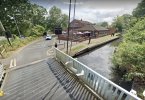
Radiorails
master brummie
The former photograph of the drawbridge and its namesake pub is how I remember it - in the late forties and early fifties - and not 1923. Little had changed in the almost forty years since the photograph was taken it seemed. The pub was a useful place to buy a bag of crisps - with salt of course - and a bottle of lemonade.
The modern photograph does not possess a "countryside charm" which its modern suburbia gives.
The modern photograph does not possess a "countryside charm" which its modern suburbia gives.
Richard Dye
master brummie
Absolutely agree!The former photograph of the drawbridge and its namesake pub is how I remember it - in the late forties and early fifties - and not 1923. Little had changed in the almost forty years since the photograph was taken it seemed. The pub was a useful place to buy a bag of crisps - with salt of course - and a bottle of lemonade.
The modern photograph does not possess a "countryside charm" which its modern suburbia gives.
Pedrocut
Master Barmmie
There are mentions of the boat lift at Tardebigge. In the book Lock keeper's daughter : a Worcestershire canal childhood, by Pat Warner. (Publication date 1998.) she describes…
“Work began on a vertical boat lift at Tardebigge in 1806. Invented by John Woodhouse, progress was slow, but the structure was completed by June 1808. Serious tests started in 1808. A single wooden caisson, 72ft × 8ft wide and 4 ft deep weighed 64 tons when filled with water. This was suspended on eight sets of rods on chains which passed over 12ft diameter cast iron wheels and down to wooden frames containing brickwork forming the counterbalance. The eight wheels were arranged on a common axle, rotated by a low-geared windlass-operated winch. Four wooden guillotine gates stopped off the lengths of canal and the ends of the caisson. When a boat needed to enter or leave the tank, sluices were used to fill with water the gap between the pairs of gates, thus relieving the pressure and allowing the guillotines to be moved up or down.
The lift could be operated by two men and it was claimed possible for a boat to pass through in just 2½/ minutes. Its best ever performance was 110 boats in 12 hours. The company's committee requested the famous engineer John Rennie to come and pass his opinion on the device, as it was believed it might not be strong enough to stand the test of time. He agreed with the majority of the committee, saying that the numerous moving parts would undoubtedly result in heavy maintenance bills. The lift was dismantled after it was damaged in a cloud burst and the Top Lock built in its present form with the greatest rise and fall of any narrow beam lock in England.”
“Work began on a vertical boat lift at Tardebigge in 1806. Invented by John Woodhouse, progress was slow, but the structure was completed by June 1808. Serious tests started in 1808. A single wooden caisson, 72ft × 8ft wide and 4 ft deep weighed 64 tons when filled with water. This was suspended on eight sets of rods on chains which passed over 12ft diameter cast iron wheels and down to wooden frames containing brickwork forming the counterbalance. The eight wheels were arranged on a common axle, rotated by a low-geared windlass-operated winch. Four wooden guillotine gates stopped off the lengths of canal and the ends of the caisson. When a boat needed to enter or leave the tank, sluices were used to fill with water the gap between the pairs of gates, thus relieving the pressure and allowing the guillotines to be moved up or down.
The lift could be operated by two men and it was claimed possible for a boat to pass through in just 2½/ minutes. Its best ever performance was 110 boats in 12 hours. The company's committee requested the famous engineer John Rennie to come and pass his opinion on the device, as it was believed it might not be strong enough to stand the test of time. He agreed with the majority of the committee, saying that the numerous moving parts would undoubtedly result in heavy maintenance bills. The lift was dismantled after it was damaged in a cloud burst and the Top Lock built in its present form with the greatest rise and fall of any narrow beam lock in England.”
Last edited:
Pedrocut
Master Barmmie

Narrow boats at work by Ware, Michael E, Publication date 1985.
“While the Joey, or day boat, was responsible for most of the trade in the built up areas of the Midlands, it must be remembered that long distance boats traded in and out of this industrial area as well. This view is of Cambrian Wharf, Birmingham) at the entrance to the Newhall Branch, better known to most people these days as the top of the Farmer's Bridge flight of locks, which lead out of the picture to the right by the fore end of the nearest boat. The area in the left of the picture has now been almost completely redeveloped, and is best known for the modern Long Boat public house. The Newhall Branch was closed in 1948. The two horse-boats belong to Brierly Hill firms, are called Elizabeth and Four Sisters, while Lorna behind them comes from the Shropshire Union Railways & Canal Company's fleet.”
Pedrocut
Master Barmmie
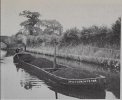
“It was unusual to see a woman on a Birmingham day boat. Possibly as this was a relatively long haul trip for such a boat, the cabin was being used for overnight sleeping. This T. and S. Element boat was photographed at 7.00am in July 1955 about one mile above Curdworth Locks on the Birmingham and Fazeley Canal. Coal was being brought into Birmingham for the GEC plant at Witton from the pits near Atherstone on the Coventry Canal; quite a long trip.”
Narrow boats at work by Ware, Michael E.
Lloyd
master brummie
Why not by road or rail, it would be quicker? Probably, but with a number of boats making this journey, overall it may well have been cheaper, and with a constant supply there would be no delay for the user.View attachment 176562
“It was unusual to see a woman on a Birmingham day boat. Possibly as this was a relatively long haul trip for such a boat, the cabin was being used for overnight sleeping. This T. and S. Element boat was photographed at 7.00am in July 1955 about one mile above Curdworth Locks on the Birmingham and Fazeley Canal. Coal was being brought into Birmingham for the GEC plant at Witton from the pits near Atherstone on the Coventry Canal; quite a long trip.”
Narrow boats at work by Ware, Michael E.
Bob Davis
Bob Davis
The lorries were not so big then and did not have the carrying capacity of the modern vehicles, they were basically the forerunners of the Bedford TKs, capable of carrying about 1500kgs (Sorry for the change of measurement). SWhy not by road or rail, it would be quicker? Probably, but with a number of boats making this journey, overall it may well have been cheaper, and with a constant supply there would be no delay for the user.
Bob
Mel Freeman
New Member
Back in 1973'ish we were on a narrow boat holiday going through Birmingham from Northampton way. Having been born in Birmingham but moved away due to marriage I arranged to meet my family at the canalside pub (for the life of me I can't remember it now - it will probably come to me eventually!). We decided we weren't going to get to the pub in time so I was elected to walk from where we were moored to the pub. It was one of the loneliest walks of my life along there with all the warehouses! I did get to meet my family only to find that the gate off the canal was locked so one of my brothers had to climb over. Must have been quite a spectacle to the drinkers in the pub garden! I forget where we eventually stopped to turn round but on the way back we moored for the night underneath Spaghetti Junction. On that holiday one of my friends lost his glasses over the side but luckily he managed to fish them out. That has stayed with me ever since, wearing glasses I am always careful looking over water! One of the best holidays we ever had that was!
Pedrocut
Master Barmmie
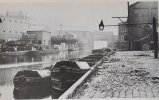
“Much of Birmingham's refuse used to be carried away by canal. It was the first collected by horse and cart and taken to a number of canalside loading points. This is the wharf near Salvage Turn on the Worcester and Birmingham Canal, close to the Gas Street Basin. Rubbish from this wharf was taken to a tip at Lifford. The wharf has a cobbled surface and the elegant gas lamp would now be an object for the collector, whereas at the time the picture was taken, in 1912, it was there for purely functional purposes. This section of the canal was so busy that 24-hour working was necessary and these gas lights were installed for illumination when dark. The builders merchants opposite obviously got their pipes by canal.”
Narrow boats at work, by Ware, Michael E, Publication date 1985
Pedrocut
Master Barmmie
Engine Arm Aquaduct.
Barging round Britain : exploring the history of our nation's canals and waterways by Sergeant, John, Publication date 2016
For details of Grade II* listed building see…

 historicengland.org.uk
historicengland.org.uk
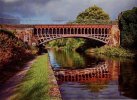
Barging round Britain : exploring the history of our nation's canals and waterways by Sergeant, John, Publication date 2016
For details of Grade II* listed building see…

ENGINE ARM AQUEDUCT, BIRMINGHAM CANAL WOLVERHAMPTON LEVEL, Non Civil Parish - 1391874 | Historic England
List entry 1391874. Grade II* Listed Building: Engine Arm Aqueduct, Birmingham Canal Wolverhampton Level. May include summary, reasons for designation and history.

mw0njm.
A Brummie Dude
swing bridges facinated me
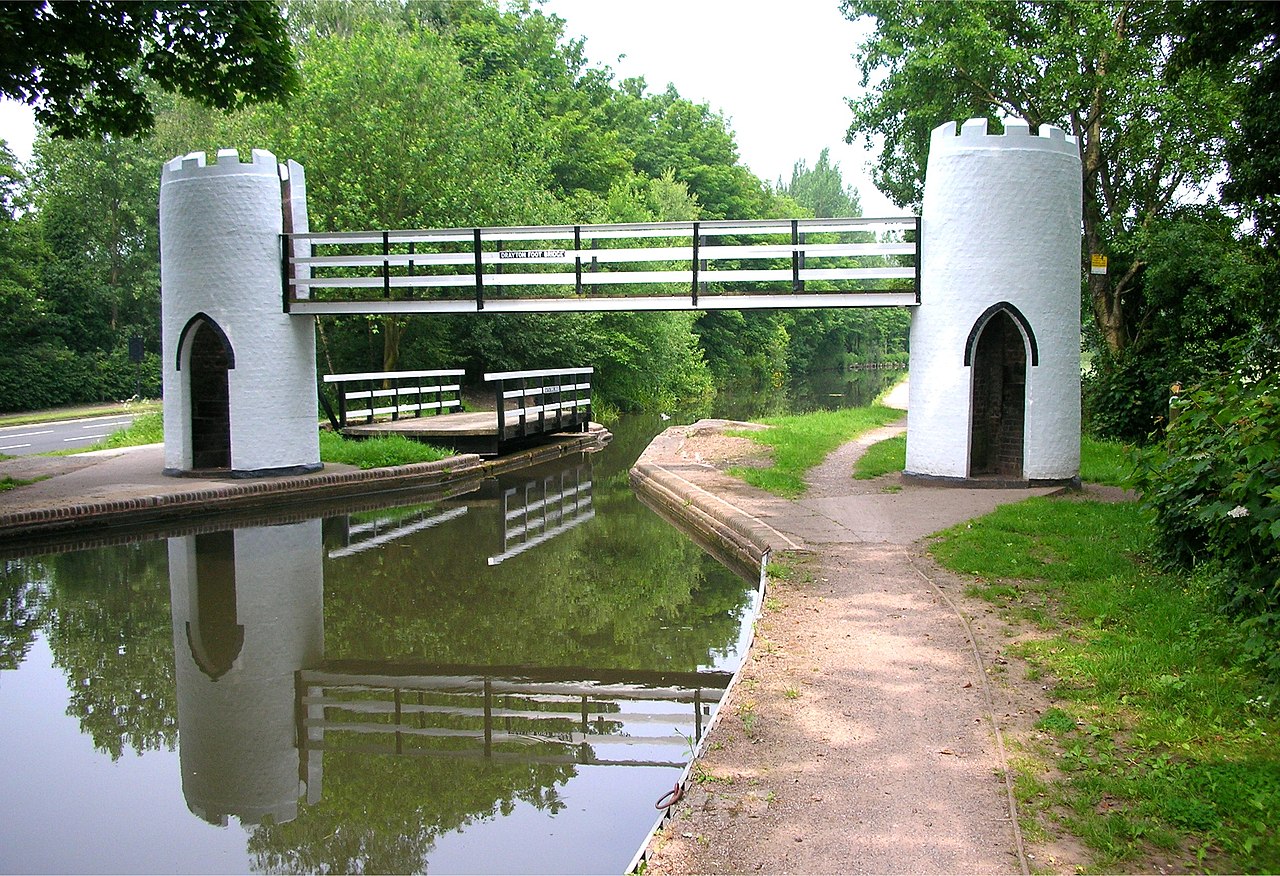 Photographed by Oosoom
Photographed by Oosoom
This is the bottom lock and there is a disused swing bridge, now left permanently open
photo Stephen McKay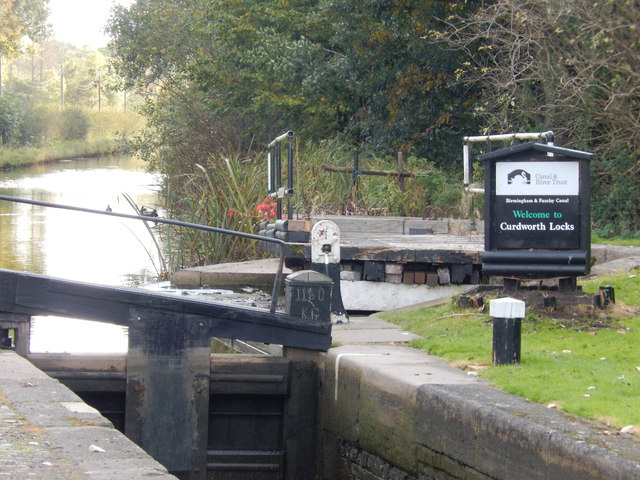
swivel bridge, Birmingham and Fazeley Canal

This is the bottom lock and there is a disused swing bridge, now left permanently open
photo Stephen McKay

Pedrocut
Master Barmmie
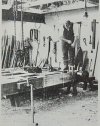
“An essential craftsman was the lock-gate maker. This man is seen at work in the ward at Tardebigge Worcester and Canal. For nearly two hundred years the lock gates were made of wood, but nowadays many are made from welded steel Each lock was a little different from the next, either in width or more usually depth, so no two lock gates were likely to be the same. Many lock gates have the date of manufacture carved into them, and it is not uncommon to find bottom gates, in particular, which are fifty or more years old.”
Canals and waterways by Ware, Michael E, Publication date 1987
Pedrocut
Master Barmmie
The Birmingham Navigation Canal HQ Paradise St
Source historicengland.org.uk
Another picture from 1912, a few differenc…
The great days of the canals, by Burton, Anthony (1995)
“Officers of the Birmingham Canal Navigations pose outside the handsome company offices on the occasion of the annual inspection of the system in 1912 (National Railway Museum, York/Michael E. Ware Collection.”
